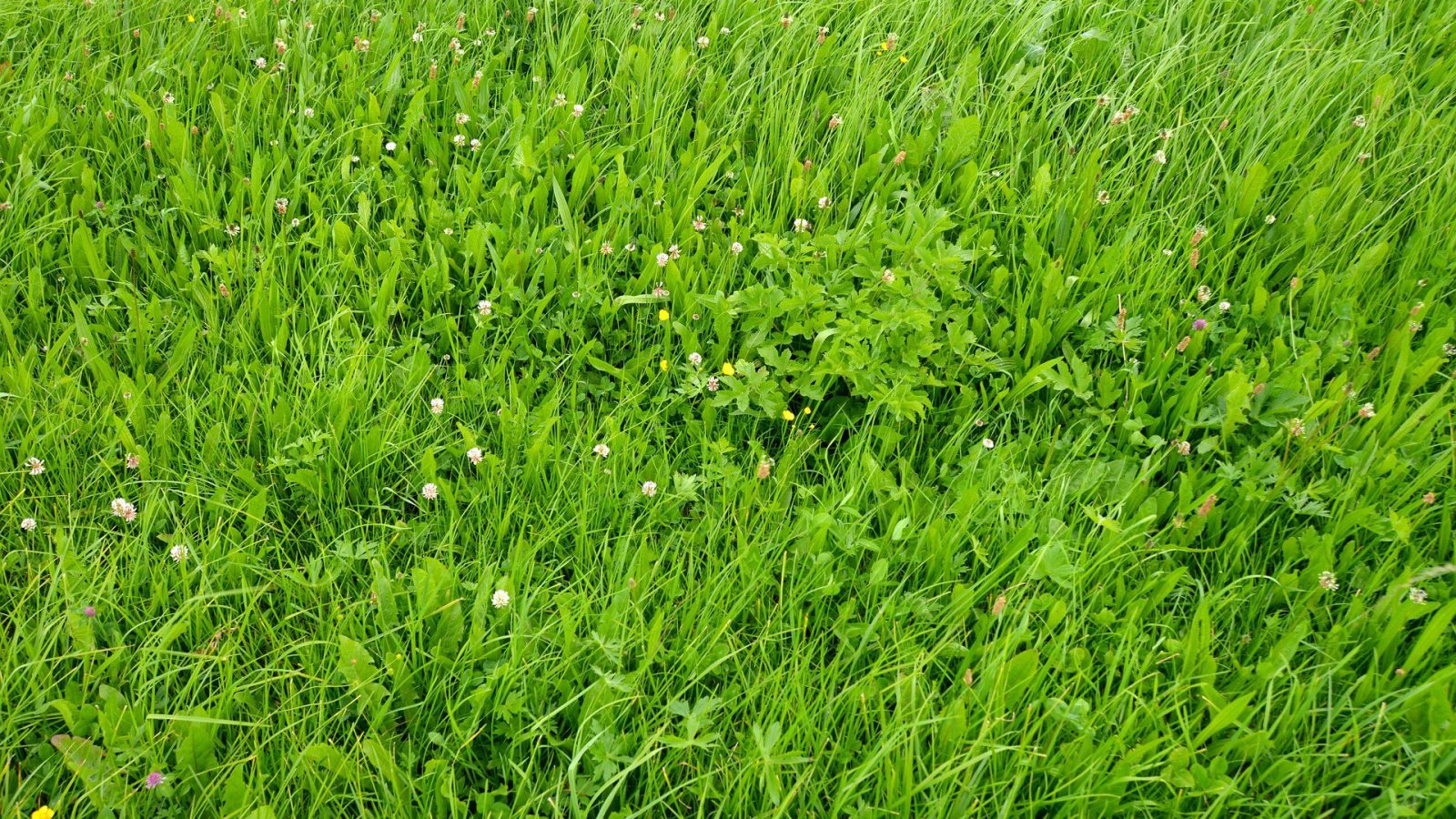Bijeenkomst: EGF2015 Auteur: Spörndly E., Andersson S., Pavard N., Le Goc S. ISBN: 978-9090-289-61-8 Jaar van uitgifte: 2015 Producttype: Paper In an automatic milking unit, a daytime grazing system with production pasture (group P) was compared with offering cows a small grass-covered paddock only for exercise and recreation, i.e. exercise pasture (group E). Two experiments …
Production and cow-traffic management during the pasture season in large herds with automatic milking
Bijeenkomst: EGF2015 Auteur: Spörndly E. and Karlsson M. ISBN: 978-9090-289-61-8 Jaar van uitgifte: 2015 Producttype: Paper A field study on management during the pasture season was conducted on 20 Swedish farms with at least two automatic milking (AM) units and over 130 cows registered in the official control system. The objective was to compare milk …
Concentrate supplementation and milking frequency in automated milking with grazing
Bijeenkomst: EGF2015 Auteur: Foley C., Shortall J. and O’Brien B. ISBN: 978-9090-289-61-8 Jaar van uitgifte: 2015 Producttype: Paper Voluntary movement of cows from paddock to milking yard is an inherent aspect of an automatic milking system (AMS) integrated with grazing. The motivation for the cow to present at the milking yard, during the main grass-growing …
Concentrate supplementation and milking frequency in automated milking with grazingRead More
Farm-specific development plan: a tool to manage and improve individual dairy farms
Bijeenkomst: EGF2015 Auteur: Kohnen H., Boonen J., Van Vliet G. and Wengler F. ISBN: 978-9090-289-61-8 Jaar van uitgifte: 2015 Producttype: Paper Pilot farm networks are very efficient in developing and implementing innovative measures and strategies to improve farm performances. At farm level, their specificities must be considered. A coordination of all actors, i.e. researchers, advisors, …
Farm-specific development plan: a tool to manage and improve individual dairy farmsRead More
Economic impact of grazing dairy cows on farms equipped with an automatic milking system
Bijeenkomst: EGF2015 Auteur: Oudshoorn F.W., Brocard V. and Van den Pol-van Dasselaar A. ISBN: 978-9090-289-61-8 Jaar van uitgifte: 2015 Producttype: Paper Automatic milking Systems (AMS) have been practised for a number of years in Denmark, France and the Netherlands. During these years, combining automatic milking (AM) and pasture access for feeding has remained problematic. Grazing …
Economic impact of grazing dairy cows on farms equipped with an automatic milking systemRead More
